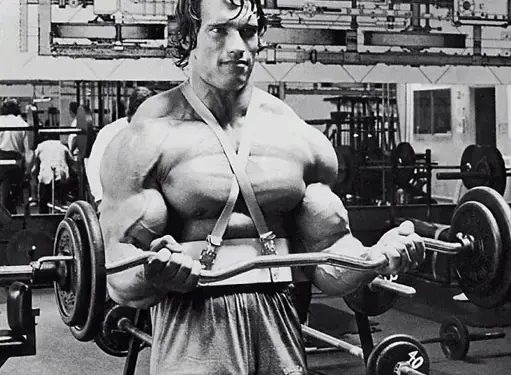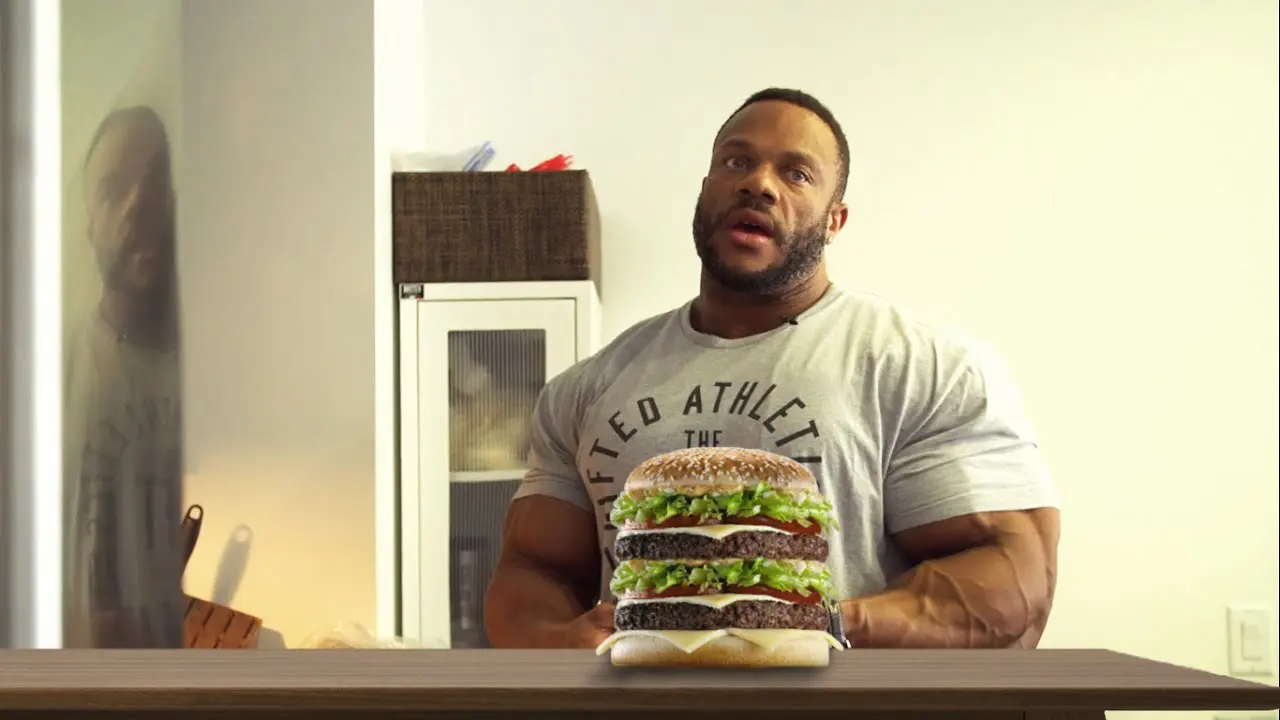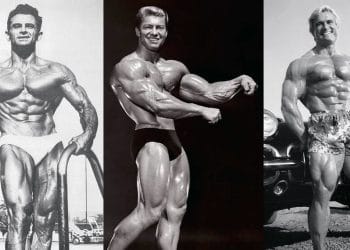When it comes to building muscle, some people find it harder than others. One of the main reasons for this is your somatotype or body type. Three somatotypes were originally identified by American psychologist Willian Sheldon. Each one has very different physical characteristics (1).
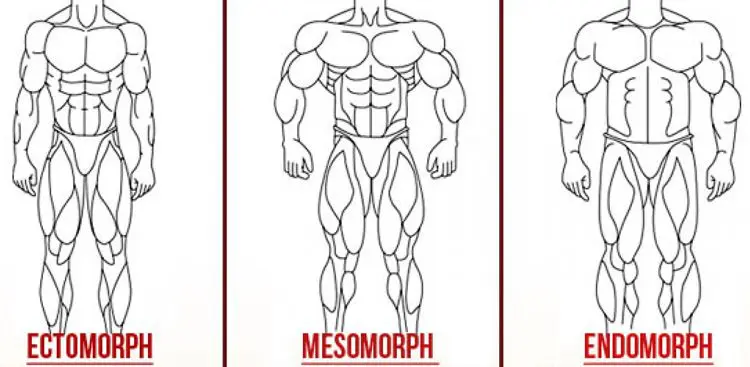
Mesomorphs are naturally muscular and gain mass and strength easily. They are genetically blessed for things like bodybuilding, weightlifting, and football. Some mesomorphs gain muscle though they don’t train or eat correctly. They have naturally broad shoulders, narrow waists, and a large bone structure. Most top bodybuilders are mesomorphs.
Endomorphs often build muscle easily too but also tend to gain fat. Endomorphs need to be very careful with their diets if they want to avoid gaining too much weight.
Ectomorphs are naturally slim. They find it hard to build muscle or gain weight. Ectomorphs tend to have a small bone structure and don’t usually gain body fat even if they eat a lot. Many top-class endurance athletes are naturally slender ectomorphs.
Whether you are a lucky mesomorph who gains muscle easily or a slender ectomorph who dreams of building even a little extra muscle mass, there are identifiable barriers that could be stopping you from gaining muscle. Removing these barriers will take the brakes off your progress so that you can achieve the best results possible.
Here are the five top reasons you aren’t gaining muscle.
1- You aren’t training hard enough
Building muscle, a process called hypertrophy, starts with breaking your muscles down. This is properly called catabolism. Once your muscles have been broken down with intense exercise your body will repair them and make them stronger and bigger. Easy workouts will not cause the muscle breakdown needed to trigger muscle growth.
Level Up Your Fitness: Join our 💪 strong community in Fitness Volt Newsletter. Get daily inspiration, expert-backed workouts, nutrition tips, the latest in strength sports, and the support you need to reach your goals. Subscribe for free!

Bodybuilders often talk about “no pain, no gain.” Intense, muscle building workouts often hurt. A heavy set of squats or bench presses will flood your muscles with lactic acid, and that causes a deep burn. And it’s not enough to work hard briefly or occasionally; building muscle requires long-term dedication.
If you are serious about building muscle, you need to train hard. Not just now and then, but almost every time you step into the gym. If you can send texts during your workout or chat with your buddies between sets, you probably aren’t training hard enough.
2- Your workouts aren’t progressive
Your body is very good at adapting to the stresses to which it is exposed. Exercise and training are forms of stress. For example, a workout that initially left you feeling tired and sore will soon get easier as your muscles develop and get stronger.
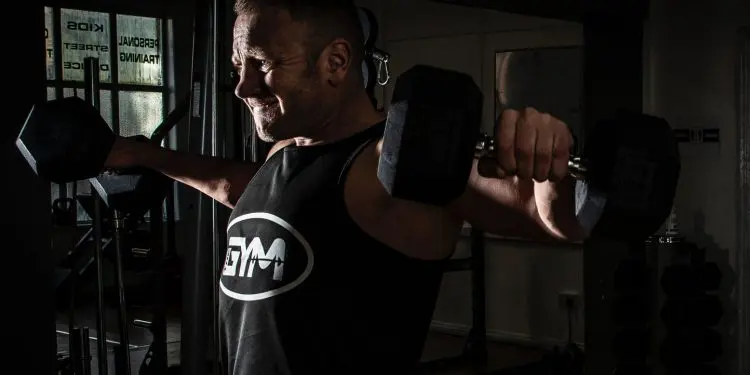
This process is often described as General Adaptation Syndrome, which was first documented by Hungarian endocrinologist Hans Selye back in the early 1930s (2).
If you keep doing the same workout over and over, your body has no reason to build muscle or get stronger. Because of this, your workouts must be progressive, and you need to find ways to make your workouts harder from one week to the next.
Effective ways to make your workouts progressive include:
- Increasing your weights
- Doing more reps per set
- Doing more sets per exercise
- Doing more exercises per workout
- Taking less rest between sets
- Changing your exercises
- Doing more workouts per week
Do not attempt to make all these changes at once; that would be a mistake. Instead, focus on one change for a few weeks and then move on to another. For example, try to increase your weights week by week, and then, when it’s no longer possible to increase the weight start trying to do more reps per set. Even small progressions will add up over time.
3- You are focusing too much on isolation exercises
There are two types of strength training exercises – isolation exercises and compound exercises. Isolation exercises involve movement at one joint only and use relatively few muscles. Examples include leg extensions, triceps push-downs, and lateral raises.
In contrast, compound exercises involve two or more joints and several muscle groups working together. Compound exercises include squats, bench presses, deadlifts, pull-ups, and shoulder presses.
Compound exercises are better for muscle building than isolation exercises (3). They allow you to lift heavier weights, and that creates more muscle tension. There is also evidence to suggest that compound exercises increase the production of anabolic or muscle-building hormones, namely testosterone and human growth hormone (4). These hormones play a crucial role in gaining muscle and strength.
Two examples of compound exercise-based workouts:
| Lower body & core | Upper body | |||
| Exercise | Sets and reps | Exercise | Sets and reps | |
| 1 | Squats | 4 x 6 | Bench press | 4 x 6 |
| 2 | Romanian deadlifts | 3 x 8 | Pull-ups | 4 x max |
| 3 | Leg presses | 3 x 10 | Shoulder press | 4 x 8 |
| 4 | Lunges | 2 x 12 per leg | 1-arm rows | 4 x 10 per arm |
| 5 | Leg extensions | 2 x 15 | Inc. DB Press | 2 x 10 |
| 6 | Leg curls | 2 x 15 | Lateral raises | 2 x 15 |
| 7 | Hanging knee raises | 3 x 12 | Barbell curls | 3 x 10 |
| 8 | Cable Russian twists | 3 x 12 per side | Dips | 3 x max |
While both workouts include a few isolation exercises, they come at the end so that you can put most of your energy into the more productive compound exercises.
4- You aren’t eating enough
If you are training hard, getting enough sleep, and are otherwise healthy, but still aren’t gaining muscle, you probably aren’t eating enough. Food provides your body with the materials and energy it needs to power you through your workouts and repair and build new muscle tissue.
Make sure you consume around two grams of protein per pound of body weight, one gram of fat per pound, and enough carbohydrates to ensure you have plenty of energy. One way to work out roughly how many calories you need per day is to multiply your current body weight by 20. A 200 lb. exerciser needs around 4000 calories.
If, however, you feel you are gaining more fat than muscle, trim 250-500 calories off this figure. If you are still not gaining muscle, just eat more.
Sample one-day menu for building muscle:
Breakfast – Large bowl of oatmeal plus 3-4 eggs or a protein shake
Snack – 1-2 bananas plus beef jerky
Lunch – Large chicken sandwich plus a side salad
Snack – Smoothie with blended soft fruits, coconut oil or peanut butter, and protein powder
Dinner – Steak with a baked potato and large salad
Snack – Natural yogurt or cottage cheese
5- You aren’t getting enough sleep
Sleep plays a vital role in muscle building. When you sleep, your body gets busy repairing that damage caused by training and building your muscles back up.
Studies reveal that too little sleep can lower testosterone levels and impair the muscle and strength building processes (5).
Make sure you get enough sleep by:
- Going to bed 7-8 hours before you need to get up
- Going to bed at the same time each night
- Not using your phone, laptop, or tablet before going to bed
- Using blackout blinds to keep your bedroom dark
- Avoiding caffeine 3-4 hours before bedtime
- Consuming a protein shake 30-minutes before going to bed
Wrap up
There is nothing more demoralizing than working hard in the gym and not getting the results you want. Unfortunately, it’s all too easy to undermine your progress by making a few training, nutrition, and lifestyle mistakes. Avoid making these slip-ups, and you should start to get better results from your workouts.
References:
- Encyclopedia Britannica – William Sheldon, American psychologist
- Pub Med – Hans Selye (1907–1982): Founder of the stress theory
- Pub Med – Resistance Training with Single vs. Multi-joint Exercises at Equal Total Load Volume: Effects on Body Composition, Cardiorespiratory Fitness, and Muscle Strength
- Pub Med – Hormonal responses and adaptations to resistance exercise and training
- Pub Med – Sleep Duration and Disturbances Were Associated with Testosterone Level, Muscle Mass, and Muscle Strength–A Cross-Sectional Study in 1274 Older Men

